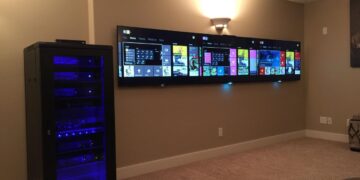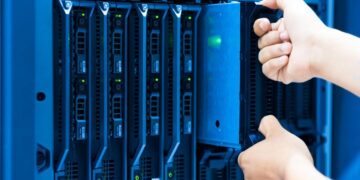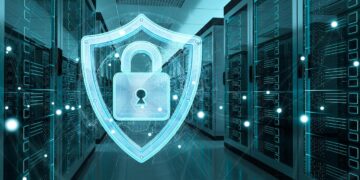In a world where technology is both a commodity and a necessity, the choice of your digital infrastructure is a foundational decision. While pre-built servers from major vendors offer convenience and professional support, they often come with a high price tag, limited customization, and a “one-size-fits-all” approach that may not align with your specific needs. For the tech enthusiast, the small business owner, or anyone who desires ultimate control, performance, and cost-effectiveness, the answer lies in a rewarding and powerful project: building your own server from scratch.
This comprehensive guide is your definitive roadmap to building a custom server, from the initial planning stages to the final configuration. We will demystify the process, breaking it down into manageable phases, exploring the crucial hardware components, and guiding you through the software and maintenance steps that ensure your creation is not just a collection of parts but a reliable, powerful, and perfectly tailored machine that will serve you for years to come. By taking on this challenge, you will not only save money and gain unparalleled performance but also acquire invaluable knowledge that will empower you to manage your own digital world.
The Strategic Advantage of a Custom Build
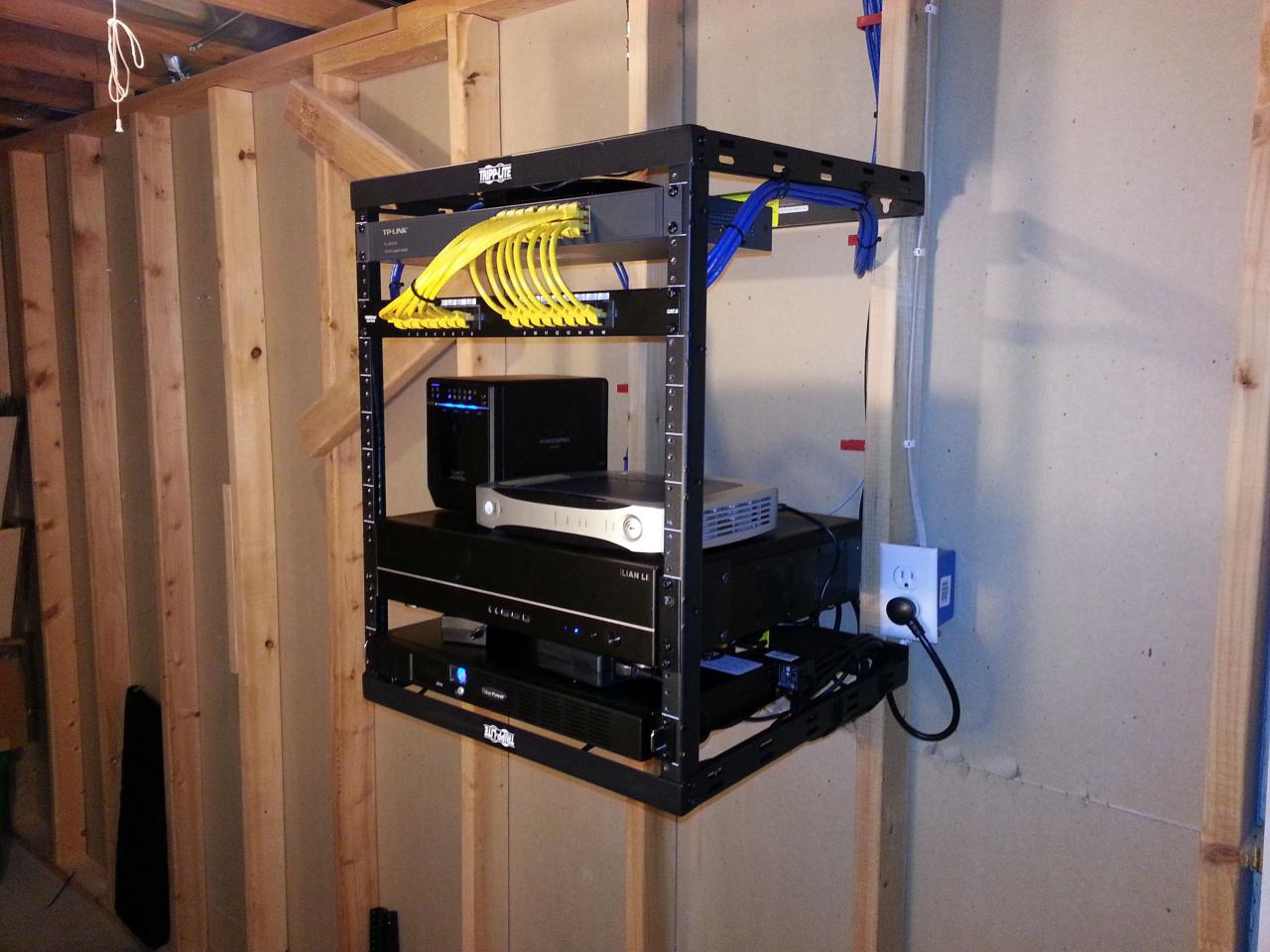
Before you start shopping for parts, it is crucial to understand the fundamental benefits that make building your own server a superior choice for many use cases.
A. Total Control and Customization: A custom build gives you the freedom to choose every single component. This means you can select a motherboard with a specific number of RAM slots, a chassis with ample drive bays, or a CPU with the perfect balance of cores and clock speed for your workload. You are not limited by the configurations offered by a manufacturer.
B. Cost-Effectiveness and Bang for the Buck: You can get significantly more performance for your money by sourcing your own components. This is especially true if you are willing to use high-quality, refurbished enterprise-grade hardware, which is often over-engineered and sold at a fraction of its original price. You are not paying for the vendor’s profit margin, support contracts, or brand name.
C. Tailored for Specific Workloads: A custom-built server can be a high-performance media hub for Plex, a specialized gaming server, a robust file server for a small business, or a powerful home lab for virtualization and containerization. Building your own allows you to design a machine that excels at a specific task, rather than settling for a general-purpose appliance.
D. The Learning Experience: The process of building a server from the ground up provides an incredible learning opportunity. You will gain a deep understanding of hardware compatibility, operating systems, networking, and server maintenance, which is an invaluable skill set in today’s tech-driven world.
Planning Your Build
A successful project is built on meticulous planning. Before you spend a single dollar, you need to define your goals and set a clear direction.
A. Define Your Server’s Purpose:
Your server’s purpose dictates its component requirements. Ask yourself these questions:
- Is it a file server? You’ll need a motherboard with many SATA ports and a large number of drive bays. The CPU and RAM can be modest.
- Is it a media server (Plex/Jellyfin)? You’ll need a CPU with strong transcoding capabilities or an integrated GPU, and a good amount of RAM. Storage capacity is also a major factor.
- Is it a virtualization host (home lab)? You’ll need a powerful CPU with a high core count and a large amount of RAM (32GB or more). Storage speed (NVMe SSDs) is also critical.
- Is it a dedicated gaming server? Many game servers are single-threaded, so a CPU with a high clock speed is more important than core count. A fast NVMe drive is also a must.
B. Set Your Budget:
Be realistic about what you can afford. Your budget will influence your choices between new and used parts, and a high-end or a more basic build. A good budget can be allocated into rough percentages:
- CPU and Motherboard: 30-40%
- RAM: 15-20%
- Storage: 25-35%
- Case and Power Supply: 10-15%
C. Choose Your Form Factor:
The form factor determines the physical size of your server and its expandability.
- Mini-ITX: Small and quiet, perfect for a home server or a dedicated media box. It has limited expansion slots and drive bays.
- Micro-ATX: A good middle ground, offering a balance of small size and decent expandability.
- ATX: The standard desktop size, providing ample room for components, multiple PCIe slots, and many drive bays. This is the best choice for a first-time build or a server with complex needs.
- Rack-Mount: Designed for data centers and requires a server rack. It is the best option for high-density computing but is noisy and not suitable for a home or office environment.
Choosing Your Components
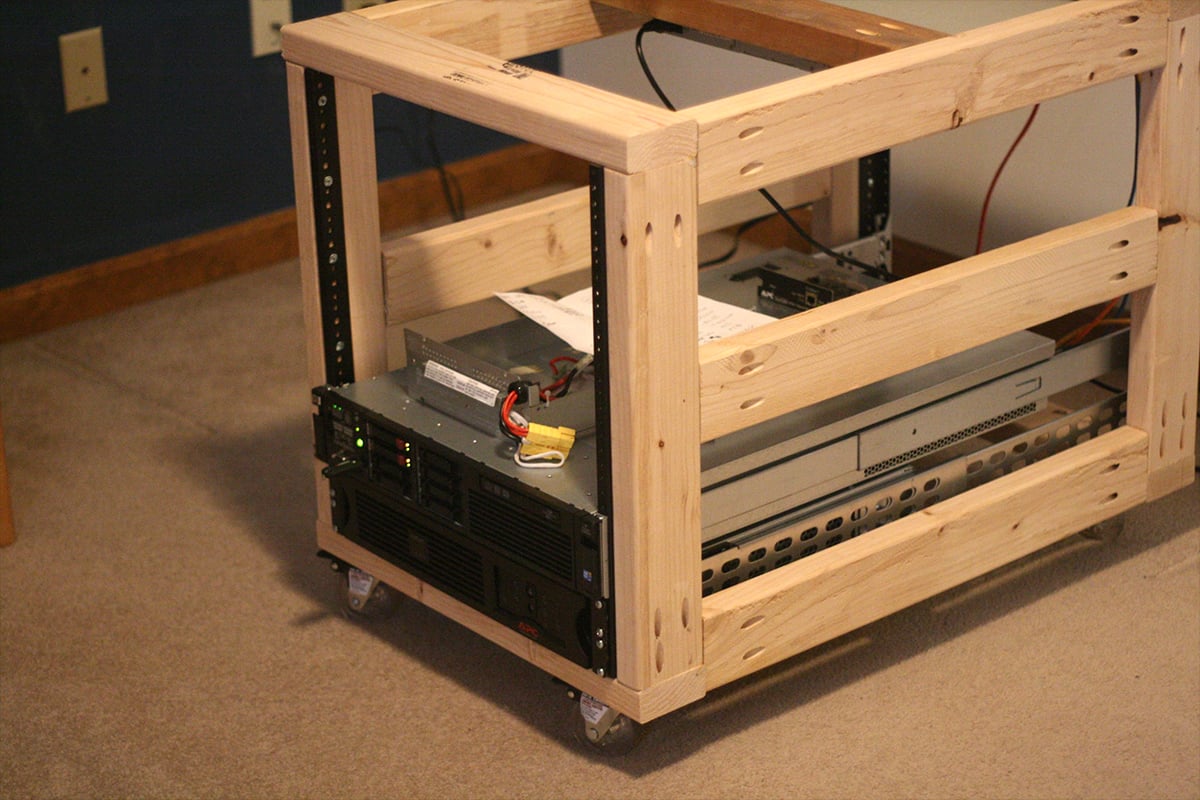
This is the most exciting part of the process. Your choices here will determine your server’s performance, reliability, and longevity.
A. The Central Processing Unit (CPU):
Your CPU choice is the most important decision.
- For general use and a tight budget: A modern desktop CPU like an Intel Core i3 or AMD Ryzen 3 is a great choice. They are power-efficient and can handle most tasks.
- For a high-performance build or virtualization: You’ll need a CPU with more cores, like an Intel Core i7/i9 or AMD Ryzen 7/9. For the ultimate in reliability, consider a server-grade CPU like an Intel Xeon or AMD EPYC. These CPUs support ECC RAM and are designed for continuous, high-load operation.
B. The Motherboard: The Foundation:
The motherboard dictates your server’s capabilities and its upgrade path.
- Chipset: The chipset determines which CPUs the motherboard supports and the number of SATA ports and PCIe lanes available.
- RAM Slots: A future-proof motherboard should have at least 4 RAM slots, and ideally 8 or more. This allows you to start with a lower amount of RAM and easily upgrade later by adding more sticks.
- SATA and PCIe Ports: Ensure the motherboard has enough SATA ports for all your planned hard drives and enough PCIe slots for a RAID controller, a 10GbE network card, or other expansion cards.
C. Memory (RAM): ECC is a Must:
For a reliable server, ECC (Error-Correcting Code) RAM is a non-negotiable. It detects and corrects single-bit memory errors, preventing data corruption and system crashes. While more expensive than non-ECC RAM, it is a crucial investment in your data’s integrity. Ensure your chosen CPU and motherboard support ECC RAM.
D. Storage: The Heart of Your Server:
This is the single most critical component for data integrity.
- Drive Types: Use a small, fast NVMe SSD for the operating system and applications. For bulk data storage, high-capacity HDDs offer the best price-to-gigabyte ratio.
- RAID (Redundant Array of Independent Disks): RAID is a technology that combines multiple drives into a single logical unit. Its primary purpose is to protect your data from drive failure.
- RAID 1 (Mirroring): Duplicates your data on two drives. If one fails, your data is safe.
- RAID 5 (Parity): Spreads data across at least three drives, with one drive reserved for redundancy. It can withstand a single drive failure.
- RAID 10 (Striping + Mirroring): Combines the speed of RAID 0 with the redundancy of RAID 1. It provides the best of both worlds and is highly recommended for high-performance applications.Remember: RAID is not a backup! It protects you from hardware failure, but not from accidental deletion, a virus, or a physical disaster.
E. The Power Supply Unit (PSU): Don’t Skimp!
Your PSU is the heart of your server. A cheap, unreliable PSU can cause system instability and even damage components. Choose a high-quality PSU from a reputable brand like Corsair, Seasonic, or EVGA, with at least an 80+ Bronze efficiency rating. For a 24/7 server, consider a redundant power supply for ultimate reliability.
F. The Case/Chassis:
The case is more than just a box. It should have:
- Good Airflow: Proper cooling is essential for a server that runs all the time. Ensure the case has plenty of space for fans and good ventilation.
- Ample Drive Bays: Look for a case with a large number of drive bays, preferably hot-swappable bays, for easy storage expansion.
Assembly and Installation
With all your components in hand, it’s time to build.
A. The Physical Build:
Building a server is very similar to building a desktop PC. Install the CPU and RAM on the motherboard first, then mount the motherboard in the case. Install the drives in their bays and connect the power and data cables. Finally, install the PSU and connect all the power cables to the motherboard and components.
B. BIOS/UEFI Configuration:
Before you install the OS, you need to enter the BIOS or UEFI setup.
- Set Up RAID: Configure your RAID array in the BIOS or through a dedicated RAID controller. This is a critical step.
- Set Boot Order: Ensure your system is set to boot from the USB drive you will use to install the OS.
- Check Temperatures: Ensure all components are running at a normal temperature.
C. Operating System (OS) Installation:
Your OS choice will depend on your server’s purpose.
- Linux: For most custom builds, a free, open-source Linux distribution is the best choice. Ubuntu Server is a fantastic starting point due to its ease of use and extensive documentation. Debian is known for its stability, and dedicated OSes like TrueNAS or Unraid are perfect for storage-focused servers.
- Windows Server: A good choice if you need to run specific Microsoft-only applications, but the high licensing costs can be a significant barrier.
Post-Build Configuration and Maintenance
Your server is running, but the job isn’t done. The real work begins now.
A. Network Configuration:
Set a static IP address for your server on your local network. This ensures you can always access it at the same address, which is crucial for remote access and management.
B. Setting Up Core Services:
Install and configure the services you planned for. This could include a file-sharing service (e.g., Samba for a Linux server), a media server (Plex or Jellyfin), a virtualization platform (Proxmox or VMware ESXi), or a container environment (Docker).
C. The Backup Strategy:
Your RAID protects you from a drive failure, but a comprehensive backup is your only defense against a virus, an accidental deletion, or a physical disaster. Implement the 3-2-1 backup rule immediately: 3 copies of your data, on 2 different media types, with 1 copy stored offsite.
D. Ongoing Maintenance:
A server that runs 24/7 requires regular care.
- OS Updates: Keep your OS and all software updated with the latest security patches.
- Monitor Component Health: Regularly check the health of your hard drives using S.M.A.R.T. data and monitor CPU and drive temperatures.
- Check Logs: Review system logs to catch any errors or suspicious activity early.
Conclusion
Building your own server is more than just a technical project; it is a strategic decision that grants you complete ownership of your digital infrastructure. It’s a rejection of limited, expensive, and inflexible commercial solutions in favor of a powerful, cost-effective, and perfectly tailored machine that you have brought to life yourself. The journey from a collection of parts to a fully operational, mission-critical server is an empowering one, and the knowledge you gain along the way is an invaluable asset.
The essence of a successful custom server build lies in meticulous planning and intelligent component selection. It’s about recognizing that reliability is not a feature you pay a premium for, but a quality you build in from the ground up, with a focus on core components like ECC RAM, redundant power supplies, and a solid RAID array. The modern server is not a static box but a dynamic platform, and by embracing the flexibility of open-source operating systems and the power of virtualization and containerization, you are creating an infrastructure that can grow and change with your needs for years to come.
Ultimately, whether your goal is to host a private media library for your family, power a scalable web application for your business, or simply learn the fundamentals of server administration, building your own server is the most direct path to achieving it. You are no longer just a consumer of technology; you are its architect, its administrator, and its master. The server you build is a testament to your vision and your commitment to a future where you have total control over your data and your digital world.



